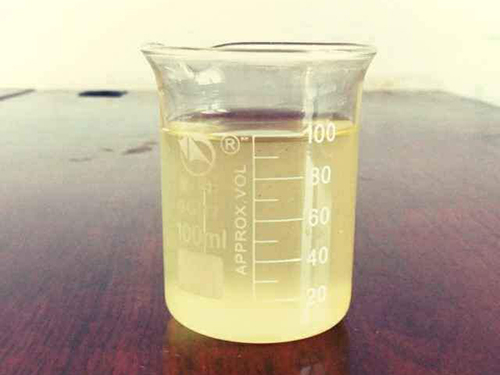water flocculant
Understanding Water Flocculants and Their Importance in Water Treatment
Water treatment processes have become a critical area of focus in the quest for sustainable environmental management and public health safety. Among the various chemicals used in water treatment, flocculants play a pivotal role in enhancing water quality. This article aims to explore water flocculants, their functions, types, and significance in treating water.
What Are Water Flocculants?
Flocculants are substances that promote the clumping of suspended particles in water, leading to their aggregation into larger masses known as flocs. These larger particles can then be easily removed from the water through sedimentation or filtration. Flocculation is essential in a variety of applications, including municipal water treatment, industrial wastewater management, and even in the production of drinking water.
Functions of Flocculants
The primary function of flocculants is to facilitate the aggregation of fine particles that are otherwise difficult to remove. In water treatment, suspended solids can include inorganic materials, organic matter, microorganisms, and other impurities that can affect the water quality. By promoting the formation of flocs, flocculants help in the following ways
1. Enhanced Settling Larger flocs settle more rapidly than smaller particles, allowing for more efficient purification of water. 2. Improved Filtration Flocculation aids in the straining process, making it easier for filter systems to remove contaminants. 3. Reduction of Turbidity Flocculants significantly decrease the turbidity of water by removing suspended particles that contribute to cloudiness.
4. Pathogen Removal By aggregating bacteria and viruses, flocculants can contribute to enhanced pathogen removal, promoting safer drinking water.
Types of Flocculants
Flocculants can be categorized into two main types organic and inorganic.
water flocculant

1. Organic Flocculants These are typically made from natural sources or synthetic polymers. Natural organic flocculants, such as starches and proteins, are biodegradable and environmentally friendly. Synthetic polymers, like polyacrylamides, are more commonly used due to their effectiveness and versatility but require careful management to minimize any environmental impact.
2. Inorganic Flocculants These include metal salts, like aluminum sulfate (alum) and ferric chloride. They work by neutralizing the charges on suspended particles, promoting aggregation. Inorganic flocculants are highly effective but may introduce additional elements into the treated water that need to be managed.
The Importance of Flocculants in Water Treatment
The use of flocculants in water treatment is indispensable for several reasons
- Health and Safety Clean water is crucial for human health. Flocculants aid in producing potable water that meets safety standards, reducing illnesses related to waterborne pathogens.
- Environmental Protection By ensuring that industrial wastewater is treated effectively, flocculants help mitigate the environmental impact of discharges into natural water bodies, protecting aquatic life and ecosystems.
- Economic Efficiency The use of flocculants can optimize the water treatment process, reducing costs associated with energy consumption, chemical use, and sludge management.
Conclusion
In summary, water flocculants are essential components in the domain of water treatment, contributing significantly to the efficiency and effectiveness of purifying processes. By understanding the various types and functions of flocculants, stakeholders in water treatment can make informed decisions on the appropriate products to use, ensuring both health and environmental safety. As the demand for clean water continues to grow, the role of flocculants in enhancing water quality will remain paramount in our efforts to achieve sustainable water management practices.
-
lk-319-special-scale-and-corrosion-inhibitor-for-steel-plants-advanced-solutions-for-industrial-water-systemsNewsAug.22,2025
-
flocculant-water-treatment-essential-chemical-solutions-for-purification-processesNewsAug.22,2025
-
isothiazolinones-versatile-microbial-control-agents-for-industrial-and-consumer-applicationsNewsAug.22,2025
-
scale-inhibitor-key-solutions-for-water-system-scale-preventionNewsAug.22,2025
-
organophosphonates-versatile-scale-inhibitors-for-industrial-water-systemsNewsAug.22,2025
-
scale-and-corrosion-inhibitor-essential-chemical-solutions-for-water-system-maintenanceNewsAug.22,2025





